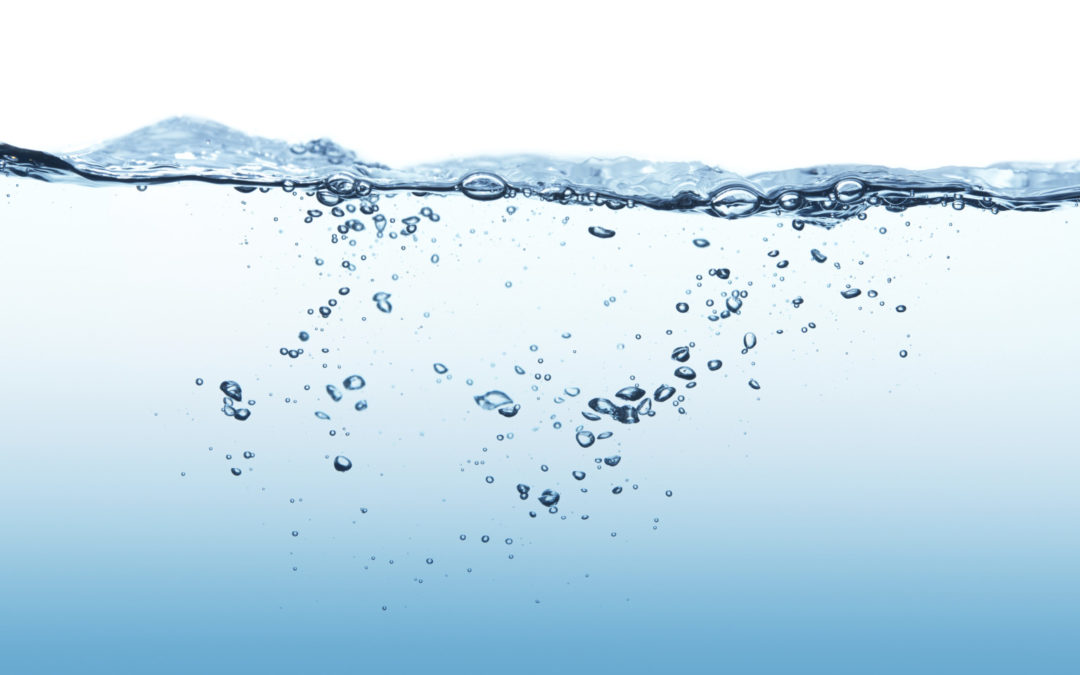Introduction to Water chemistry for brewers
Water chemistry is arguably more important when all grain mashing than it is for extract brewers. Extract brewers may need to make adjustments to unsuitable water, or even “build” water chemistry from scratch, to make a specific brew.
“Building” water by adding of controlled amounts of certain mineral salts to water of a known “ionic profile”, to yield water with a new profile with the desired characteristics. This is to emulate the water, for instance, of a famous brewing town. Distilled, RO or other de-ionised water is normally the starting water of choice.
Extract Brewers
This is where extract brewers can benefit. Considering that extract is basically concentrated wort, the mashing chemistry is in the past. This might be difficult since you don’t know what ions may now be present in the extract, or what their concentrations are. A general guideline might be to use RO or carbon filtered water for extract brewing, perhaps adding calcium sulphate, Calcium Chloride and /or perhaps a small amount of magnesium sulphate.
All grain Mashing
Sufficient calcium ions need to be present to help drive down the pH of the mash. Calcium ions bind to phosphates in the grain precipitating calcium phosphate and liberating hydrogen ions. An increase in the hydrogen ion concentration pushes the pH of the mash lower.
Water Profiles
Most published water chemistry profiles concentrate on the levels of calcium (Ca), sulphate (SO4), magnesium (Mg), sodium (Na), chloride (Cl), and carbonate (CO3). It is worth remembering though, that brewers around the world have often pre-treated the water in their location. This is to make it more suitable for brewing, so that an exact replica of a town’s water may not be desirable. We can add each of these ionic components by adding measured amounts of gypsum (calcium sulphate), Epsom salt (Magnesium Sulfate) and Calcium Chloride.
Brisbane water
The 12-month average profile for Brisbane water is somewhat deficient in Calcium Ions. We find that addition of 5g of calcium sulphate and 2.5 g of Calcium chloride will raise the calcium level and provide a good sulphate to chloride ion Ratio
Water chemistry around the world
The dissolved salts in the water used for brewing affect the flavour of the finished beer, So much so that areas of the world historically famous for certain beers as thus because of the water chemistry of naturally occurring there. For example, Czech Pilsner is brewed with the very soft water found locally in the town of Pilsen. The same beer brewed in Munich with harder water produces the subtly different Bavarian style Pils. The water in the area around Dortmund contains a high sulphate level which accentuates bitterness from hops, producing the different again Dortmunder lagers.
Calcium (Ca) and magnesium (Mg) ions are needed by yeast to keep it healthy and flocculate well. Mashing water should also contain sufficient Calcium to help drive down the pH of the mash
Sulphate (SO4) ions can taste bitter in high concentrations and emphasise the hop bitterness in beer.
Iron (Fe), even in very low concentrations, creates a metallic off-flavour in the finished beer. Despite persistent rumour, stout does not contain high levels of iron or it would taste horrid.
Sodium (Na) can give a salty flavour and Chloride (Cl) is supposed to give a fuller bodied mouthfeel to the beer.
Beer is acidic and has a pH of around 4.
Burton on Trent has a very high total salt content in its natural waters, but dominating these salts are sulphates
Dublin has very alkaline water and brewers used darker, more acidic malts to bring the beer down to the desired pH. This led to darker beers such as stouts being more common.
Pilsen has a very low total salt content in its water leading to softer-tasting more subtle beer like a pilsener. Dortmund has more hardness and sulphate producing more bitter lagers.

